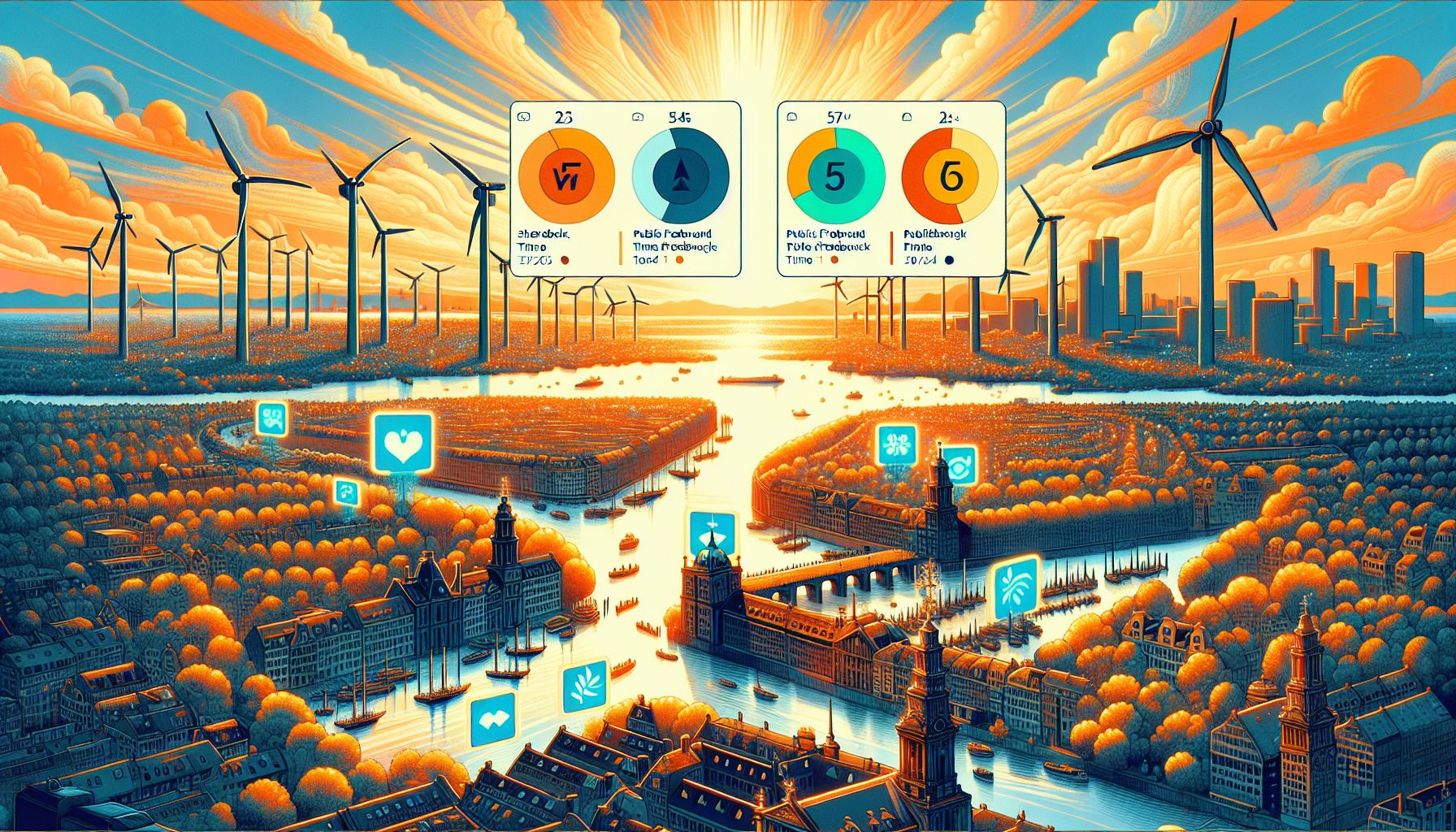amsterdam designates five new areas for wind energy development

Amsterdam has identified five new zones for wind turbines. Public feedback on these areas and development conditions is open from May 23 to July 17, 2024.
Goal for 2030: 127 MW Wind Energy
The Municipality of Amsterdam aims to generate 127 megawatts (MW) of wind energy by 2030. This target is ambitious, but necessary, as it would provide enough electricity for approximately 145,000 households. The city currently operates 28 wind turbines, with plans in place for an additional seven. However, to achieve the 2030 goal, Amsterdam needs to add about 4 to 8 more wind turbines, depending on their size and capacity.
Designated Areas for Wind Turbines
The five designated zones for new wind turbines are strategically chosen based on extensive research and public consultation. These areas are: Havengebied buiten de A10 (port area outside the A10 ring road), Diemerscheg (along the Amsterdam-Rhine Canal south of the Diemen A1/A9 junction), Knooppunt Holendrecht (on the east side of the A2), the southeastern shore of Gaasperplas, and Weesperkarspel (near the Waternet water treatment plant). The Municipality of Amsterdam emphasizes that the majority of new turbines will likely be placed in the port area to minimize the impact on residential areas and natural habitats.
Public Participation and Feedback
From May 23 to July 17, 2024, stakeholders can review the plans and submit their feedback. The draft Wind Energy Program 2030 details the city’s strategy for achieving its wind energy goals, setting conditions for developers and ensuring that projects adhere to strict environmental and social standards. This participatory approach allows residents and other stakeholders to voice their opinions on the proposed locations and the development conditions.
Environmental Considerations
The Municipality of Amsterdam has conducted thorough environmental impact assessments to ensure that the new wind turbines do not cause unacceptable harm to nearby communities and ecosystems. The proposed locations are carefully selected to mitigate noise pollution, shadow flicker, and other potential disturbances. The city also collaborates closely with the Port of Amsterdam to maximize the efficient use of space and reduce any adverse impacts on human health and the environment.
Future Steps and Final Decision
A final decision on the designated areas and development conditions is expected by the end of 2024. In the meantime, the Municipality of Amsterdam will host a digital presentation on June 11, 2024, and several information markets near the proposed zones to inform and engage the public. These initiatives aim to foster transparency and encourage community involvement in the city’s transition to sustainable energy.

